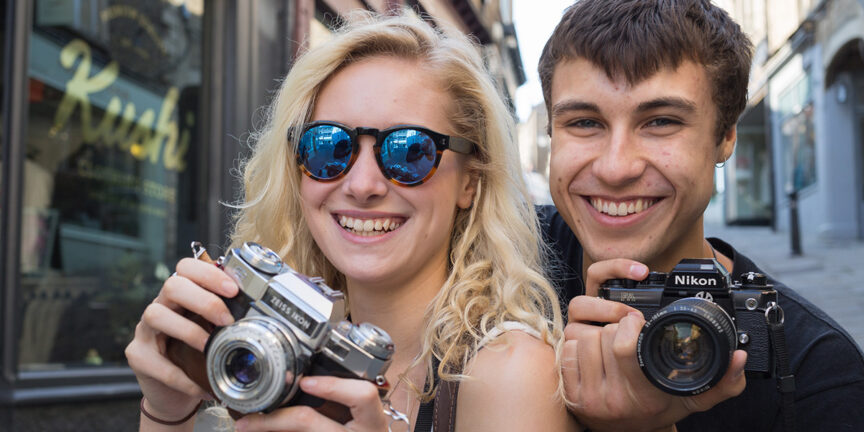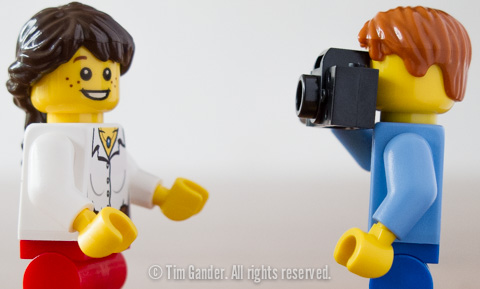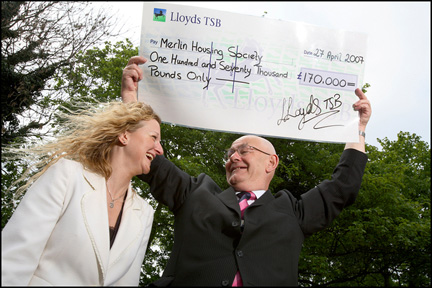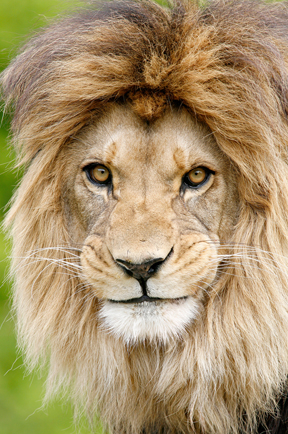Perhaps the best piece of advice I can offer any student of photography when seeking work experience is let the application itself be part of the experience. I should preface by saying that I rarely offer work experience placements for a multitude of reasons I won’t go into here, but follow a few simple rules and your application will stand a better chance of finding success.
- Get the photographer’s name right and use it. Just saying “Hi” suggests you’re sending a round-robin email.
- Don’t send a round-robin email and NEVER use the CC or even BCC functions to send out mass communications.
- If you cut and paste an email text, make sure you tailor it to each individual recipient.
- Do your research. Look at the photographer’s website to establish whether they’re working in the specific field you’re interested in.
- Talk about the kind of photography career you’re interested in, but more in terms of the business than the style. Saying you like to photograph people isn’t the same as saying you want to shoot pictures for businesses (what I call corporate communications photography).
- When looking at a photographer’s site, look at the kind of work they’re doing and establish from that whether they’re studio-based, work only on location or a mixture of the two. Students often ask to join me in my studio, but it’s possible to work out from my website that I don’t have one.
- Make sure your contact details are correct, including mobile number and email address.
- Check your spelling, punctuation and grammar and get someone else to check it for you – this should be someone who is really good at checking these things, so ask a teacher, lecturer or other competent person.
- Be sure to include your ability to travel – do you have your own transport?
I could go on, but hitting these main points should get your toe in the door at least.
Although I can’t often offer work experience, a competent application will at least get a response from me. Usually I’ll make an offer to have a phone conversation about what the applicant wants to do in the industry, the opportunities and where else to get advice, but I’m astonished how often my email reply goes unanswered. Which of course makes it harder for the next student to get a response from me.
Work experience can be invaluable, it’s how I started out as a press photographer, but the industry structures for training, nurturing and furthering a career have either changed or disappeared since I set out on my journey. Students today will need to find their own tracks into their chosen career, but get these basics right and you never know, you could find yourself ahead of the game and on your way to doing probably the best job in the world.




